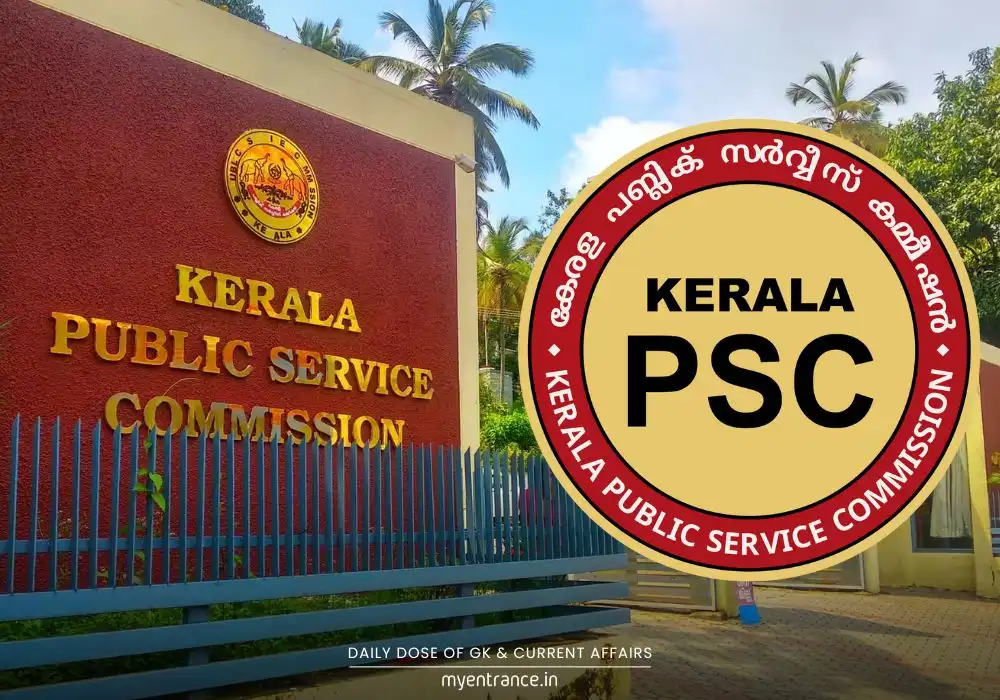Translate Language
India’s Herbicide Boom: What’s Driving the Pesticide Market Revolution?
India’s pesticide market is undergoing a significant transformation, moving beyond traditional insect control. The most striking change is the explosive growth of herbicides, fueled by a deepening farm labor crisis. Understanding this shift is crucial for grasping modern agricultural challenges tested in major competitive exams.

How India’s Pesticide Market is Changing:
Let’s clarify terminology first. “Pesticides” is the broad term for crop protection chemicals, but this category includes three main types:
Insecticides: Combat insects damaging crops directly (like feeding) or indirectly (like spreading viruses). Example: The white-backed plant hopper harming rice in Punjab/Haryana, spreading the Fiji virus causing stunted growth.
Fungicides: Control fungal diseases (e.g., blast in rice, rusts in wheat).
Herbicides: Target weeds competing with crops for nutrients, water, and sunlight.
The Herbicide Surge:
India’s organized pesticide market is substantial, valued around ₹24,500 Crore. While insecticides remain the largest segment (₹10,700 Crore), herbicides (₹8,200 Crore) are now the undisputed growth leaders, expanding at over 10% annually. Fungicides follow (₹5,600 Crore). This trend marks a fundamental shift in farmer priorities.
The Labor Crisis Driving Change:
The primary engine for herbicide growth isn’t pests, but people – or rather, the lack of them. Traditional manual weeding is arduous, time-consuming (8-10 hours/acre), and requires repeating. Crucially, finding laborers willing to do this back-breaking work is increasingly difficult and expensive (average daily wage: ~₹447.6 in Dec 2024, up from ₹326.2 five years prior). Power weeders help but struggle with deep roots or dense planting. Herbicides have become the essential, cost-effective labor substitute, much like tractors replaced manual ploughing.
Market Dynamics & Player Strategies:
Multinational corporations (MNCs) like Bayer, Syngenta, Corteva, ADAMA, and Sumitomo dominate the overall market. However, the dynamic herbicide segment is seeing aggressive moves by Indian companies:
Crystal Crop Protection (CCPL): Exemplifies the strategy. They acquired key herbicide rights:
Ethoxysulfuron (for rice/sugarcane weeds) and the ‘Sunrice’ trademark from Bayer (Jan 2025).
The broad-spectrum ‘Gramoxone’ (Paraquat-based) from Syngenta (Dec 2023).
CCPL reported a staggering 47% growth in herbicide sales (₹337 Cr in 2024-25), far outpacing the overall market’s 10% growth. Dhanuka Agritech is another significant Indian player (approx. 6% market share).
Evolving Application Practices:
Farmers are also changing how they use herbicides:
Traditionally, spraying was reactive (“post-emergence”) – applied only after seeing significant weeds, pests, or disease (based on economic thresholds).
Now, preventive use is rising. Farmers increasingly apply “pre-emergent” herbicides (around/just after sowing) to stop weeds from appearing, or “early post-emergent” herbicides for control during the crop’s vulnerable early stages.
This shift is most evident in paddy (₹550 Cr of the ₹1500 Cr herbicide market is pre-emergent) and wheat (approx. 20% of ₹1000 Cr market). These proactive segments are the fastest-growing.
Innovation and the Monopoly Challenge:
Unlike seeds or fertilizers, the crop protection industry remains heavily skewed towards MNCs. Indian firms are striving to break through via:
Acquisitions: Buying rights to active ingredients and brands (as CCPL did).
Innovation: Developing new formulations. CCPL, partnering with Battelle (US) and Mitsui (Japan), launched ‘Sikosa’ – a patented oil-dispersion paddy herbicide effective within 0-3 days of transplanting. Claimed benefits include broad-spectrum weed control and significant cost savings (₹850-900/acre vs. ₹2000+ for manual weeding).
Conclusion:
India’s pesticide market is fundamentally restructuring. The herbicide segment, driven by an acute and worsening farm labor shortage, is the new growth frontier. While MNCs hold significant sway, Indian companies are actively acquiring assets and innovating to capture this opportunity. The shift towards preventive herbicide application further underscores this transformation. While India hasn’t yet produced a global giant like Sinochem (owner of Syngenta/ADAMA), the strategic moves by domestic players signal a dynamic and evolving market crucial for the future of Indian agriculture. Understanding these shifts is vital for any serious exam aspirant.
Get 3 Months Free Access for SSC, PSC, NIFT & NID
Boost your exam prep!
Use offer code WELCOME28 to get 3 months free subscription. Start preparing today!















